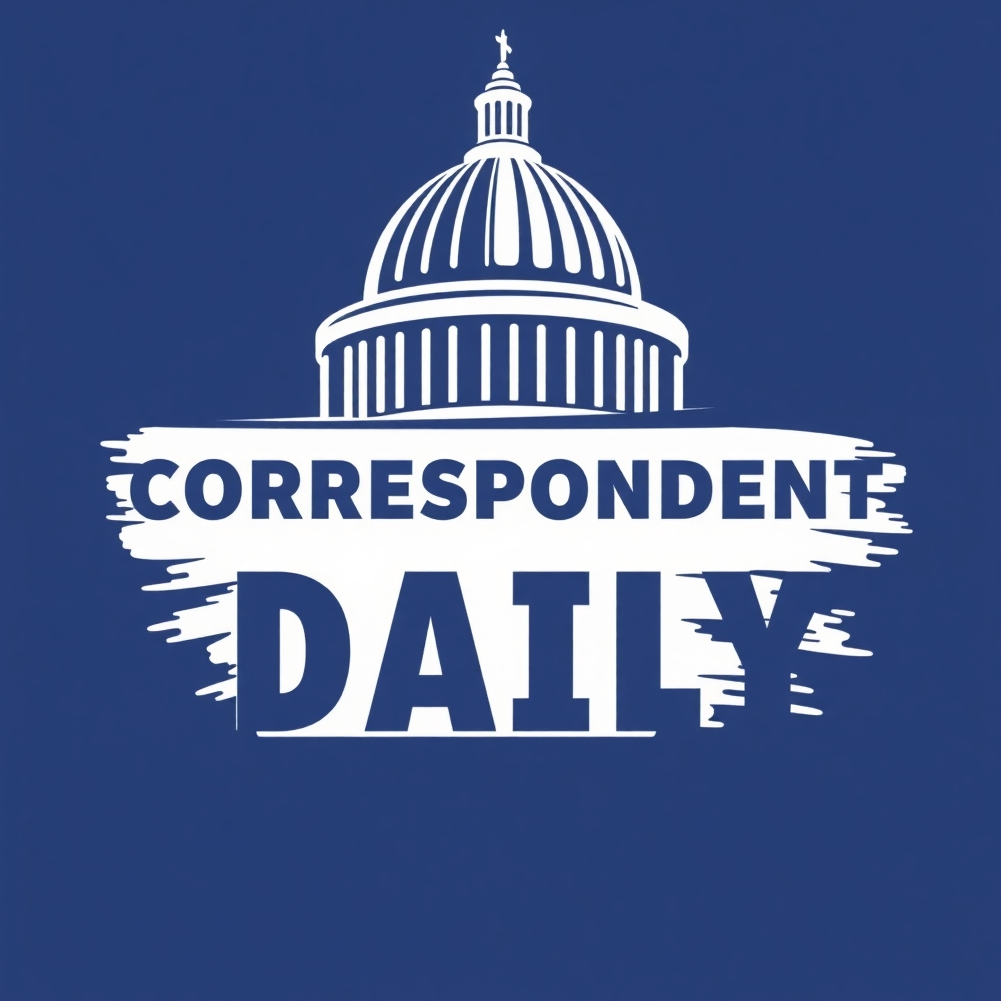
The Generational Divide: Unpacking the 'Gen Z Stare'
This week, a cultural phenomenon has caught the attention of many: the 'Gen Z stare.' With its wide eyes and blank expressions, this subtle gesture is raising eyebrows among millennials and older generations. As the workplace evolves, understanding this trend can provide valuable insights into intergenerational relationships.
Generational Etiquette: What Lies Behind the Expression?
Many older adults feel that the 'Gen Z stare' indicates a lack of communication skills or softness. However, experts argue that this assumption might be simplistic. The rise of digital communication has shifted the way younger generations interact, often leading them to prioritize silence over small talk. According to psychologist Dr. Avery Fox, who studies communication in the digital age, “Gen Z has mastered the art of listening and contemplation, which can be misinterpreted as a lack of engagement.” This nuance highlights the importance of adapting our understanding of communication across generations.
A Broader Context: The Impact of Technology on Interaction
Growing up with screens has deeply influenced Generation Z's social behavior. Unlike previous generations, they have spent considerable time interacting in virtual environments that prioritize efficiency over emotional exchanges. The pandemic has only amplified these trends, as social distancing measures limited face-to-face interactions. Thus, the 'Gen Z stare' could be seen as a symptom of a new normal shaped by technology, rather than a failure of personal interaction.
Bridging the Gap: Insights from Younger Voices
In addressing the recent debate around the 'Gen Z stare,' we gathered opinions from young adults who shared diverse perspectives. A 21-year-old from Boston remarked, “I think it's a misinterpretation. Sometimes we just need time to think about our responses.” This sentiment reflects a broader desire among younger people for patience in conversation, which can be easily overlooked by older coworkers eager to initiate dialogue. We found that many Gen Zers also believe their expressions articulate thoughtfulness and sincerity rather than disengagement.
Reevaluating Workplace Dynamics: Communication in the Modern Age
Understanding this generational difference in communication styles is essential for business growth strategies today. Companies looking to innovate and attract a younger workforce should focus on fostering an inclusive environment where silence and reflection are valued, rather than viewed as discomfort. Leaders should consider implementing training programs that promote skill development in active listening and communication across all age groups. This can streamline business operations and enhance teamwork.
Beyond the Stare: Highlighting Common Misconceptions
Many older adults have expressed frustration with younger workers, commonly believing their pauses and blank expressions indicate a lack of professionalism. In reality, these behaviors often reflect a new approach to workplace interaction that values strategic thinking over immediate responses. By shifting the perspective from judgment to curiosity, companies can promote a more empathetic understanding of generational differences.
Future Predictions: Navigating New Communication Styles
As we look ahead, the trends in workplace communication will inevitably continue to evolve. Future workplaces will likely blend both traditional interpersonal skills and modern communication methods influenced by technology. The key takeaway for businesses is to remain adaptable, responsive to these shifts, and committed to creating avenues for genuine, constructive dialogue among all generations.
Call to Action: Embrace the Differences
In a world where adaptability is crucial, companies should remain proactive in understanding generational differences and finding common ground. Encouraging open discussions about the 'Gen Z stare' and how it influences workplace dynamics can lead to smoother interactions, fostering collaboration and innovation. Now is the time to rethink traditional workplace norms and integrate practices that promote empathy and understanding across generations.
 Add Row
Add Row  Add
Add 




Write A Comment